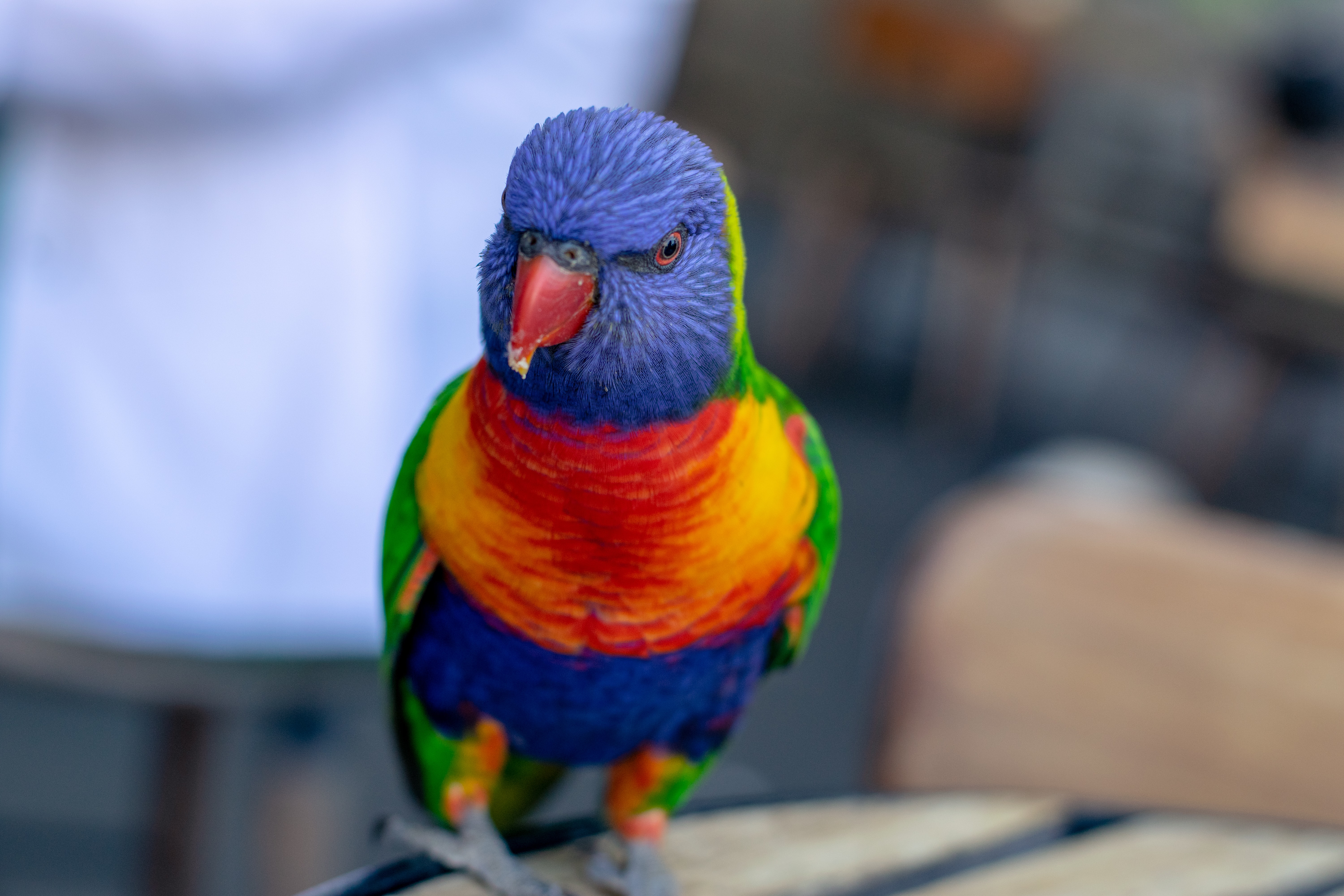News release
From:
Peer-reviewed Literature review Animals
The warming climate is causing animals to "shapeshift"
Climate change is not only a human problem; animals have to adapt to it as well. Some “warm-blooded” animals are shapeshifting and getting larger beaks, legs, and ears to better regulate their body temperatures as the planet gets hotter. Bird researcher Sara Ryding of Deakin University in Australia describes these changes in a review published September 7 in the journal Trends in Ecology & Evolution.
“A lot of the time when climate change is discussed in mainstream media, people are asking ‘can humans overcome this?', or ‘what technology can solve this?'. It’s high time we recognized that animals also have to adapt to these changes, but this is occurring over a far shorter timescale than would have occurred through most of evolutionary time,” says Ryding (@zuuletc). “The climate change that we have created is heaping a whole lot of pressure on them, and while some species will adapt, others will not.”
Ryding notes that climate change is a complex and multifaceted phenomenon that’s been occurring progressively, so it is difficult to pinpoint just one cause of the shapeshifting. But these changes have been occurring across wide geographical regions and among a diverse array of species, so there is little in common apart from climate change.
Strong shapeshifting has particularly been reported in birds. Several species of Australian parrot have shown, on average, a 4%–10% increase in bill size since 1871, and this is positively correlated with the summer temperature each year. North American dark-eyed juncos, a type of small songbird, had a link between increased bill size and short-term temperature extremes in cold environments. There have also been reported changes in mammalian species. Researchers have reported tail length increases in wood mice and tail and leg size increases in masked shrews.
“The increases in appendage size we see so far are quite small—less than 10%—so the changes are unlikely to be immediately noticeable,” says Ryding. “However, prominent appendages such as ears are predicted to increase—so we might end up with a live-action Dumbo in the not-so-distant future.”
Next, Ryding intends to investigate shapeshifting in Australian birds firsthand by 3D scanning museum bird specimens from the past 100 years. It will give her team a better understanding of which birds are changing appendage size due to climate change and why.
“Shapeshifting does not mean that animals are coping with climate change and that all is ‘fine,’ says Ryding. “It just means they are evolving to survive it—but we’re not sure what the other ecological consequences of these changes are, or indeed that all species are capable of changing and surviving.”



 Australia; VIC; ACT
Australia; VIC; ACT



